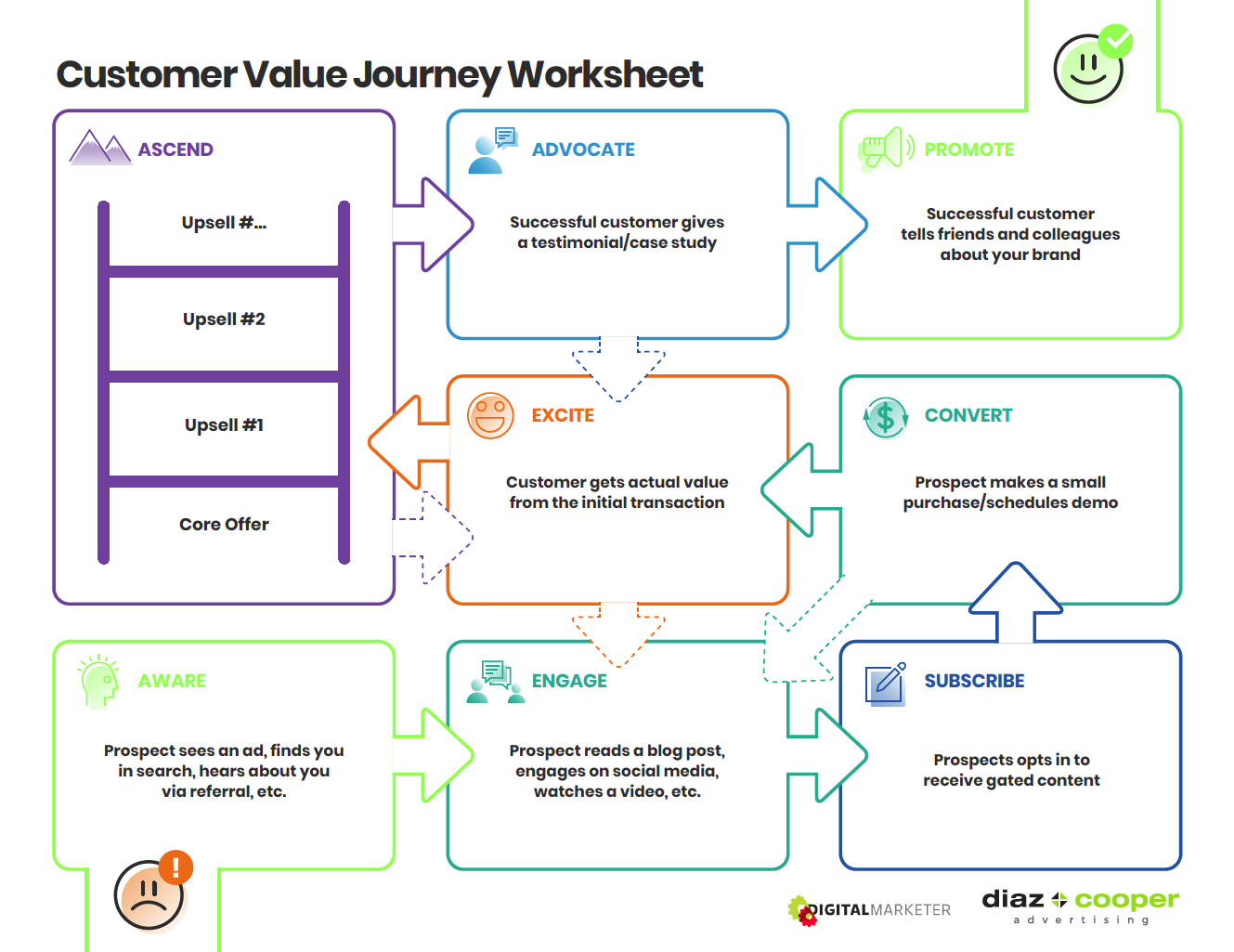On a scale of 1 to 10, how important is your website to your travel business?
If your site were to disappear overnight, how would it affect your bookings? If your answer is anything like “not much,” then you're certainly missing out on business – and potential revenue.
Your website is your biggest marketing asset and the centerpiece of all your marketing activities. It’s the first place curious travelers and would-be guests turn to when they’re looking for more information on your brand’s vacation offerings. In fact, studies have shown that your potential guests can be as much as 57% of the way through their decision-making process before they’re ready to actually book on your website.






